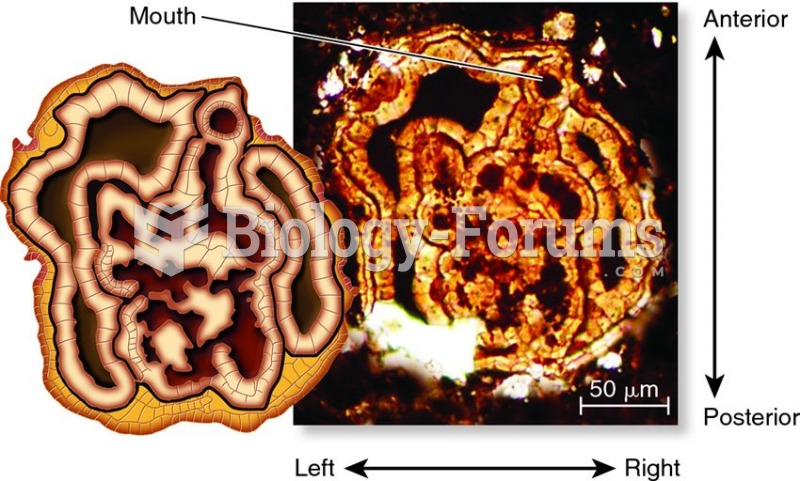Answer to Question 1
Early Filter Model: According to one of the earliest theories of attention, we filter information right after we notice it at the sensory level (Broadbent, 1958). That is, all the incoming information is being perceived and stored in sensory memory. Sensory memory only stores the information for a split second and then forwards it to a filter that allows only one message to move forward to be processed in more detail. Moray modified Broadbent's early filter model so that the filter blocks out most information at the sensory level. Personally important messages are so powerful that they burst through the filtering mechanism.
Late Filter Model: Deutsch and Deutsch (1963) developed a model in which the location of the filter is even later in the process. They suggested that stimuli are filtered out only after they have been analyzed for both their physical properties and their meaning. This later filtering would allow people to recognize information entering the unattended ear. Proponents of both the early and the late-filtering mechanisms propose that an attentional bottleneck exists through which only a single source of information can pass. The two models differ only in terms of where they hypothesize the bottleneck to be positioned.
Answer to Question 2
Ulric Neisser synthesized the early filter and the late-filter models and proposed that two processes govern attention:
Preattentive processes: These automatic processes are rapid and occur in parallel. They can be used to notice only physical sensory characteristics of the unattended message. But they do not discern meaning or relationships.
Attentive, controlled processes: These processes occur later. They are executed serially and consume time and attentional resources, such as working memory. Information is processed in much more detail here.







